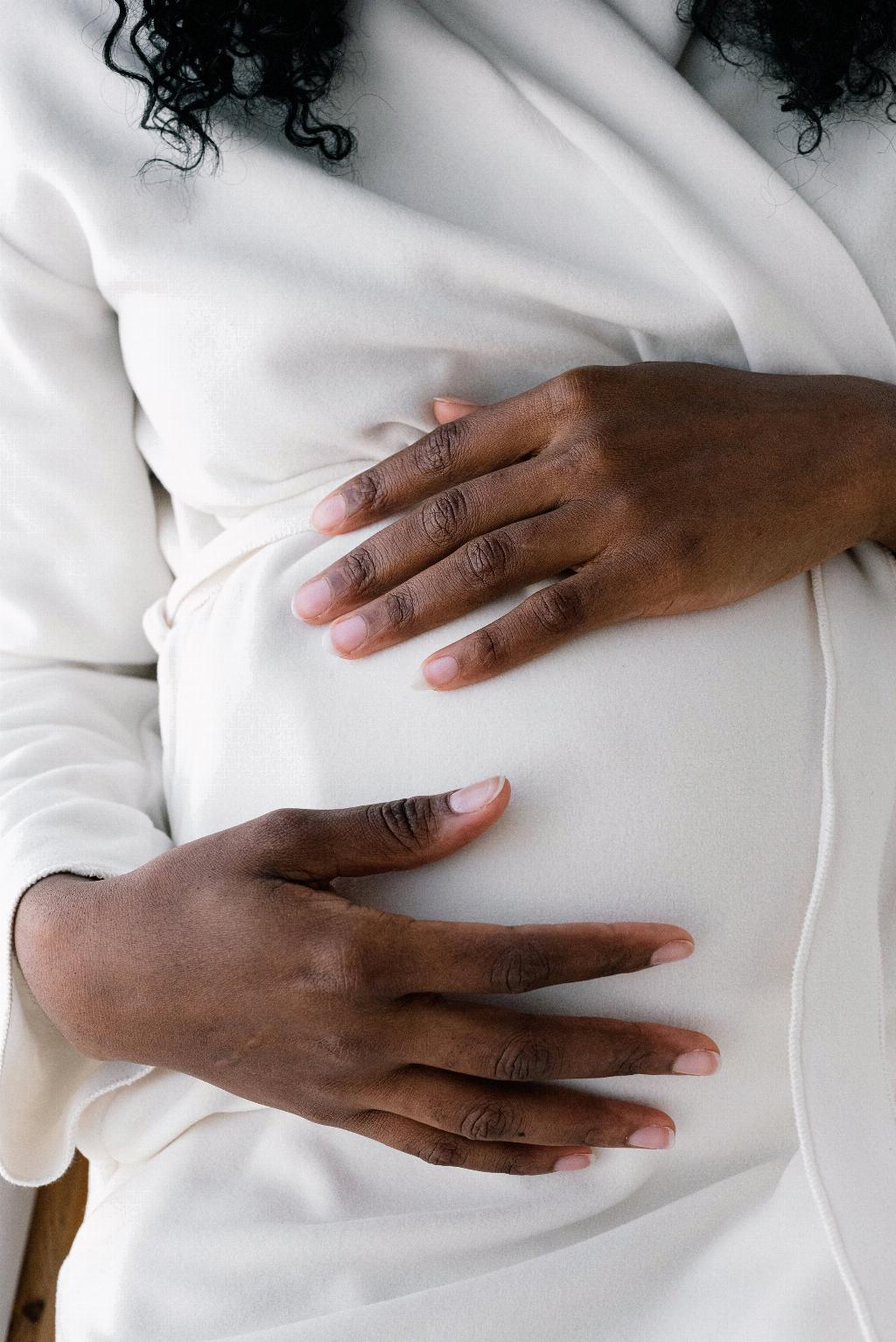When it comes to the likelihood of undergoing a cesarean section (C-section), various factors play a significant role in determining the outcome of a woman’s childbirth. One of the primary predictors linked to an increased risk of C-section is advancing maternal age. Research has shown that women over the age of 25 years may face a higher likelihood of undergoing a C-section compared to younger women, with an odds ratio (OR) of 1.42 and a significance level of p=0.03.
Another crucial factor that significantly influences the chance of a C-section is a history of prior cesarean sections. Women who have had a previous C-section have a substantially higher risk of undergoing a repeat C-section. The odds ratio for individuals with a history of cesarean section stands at an alarming 22.71, with a statistically significant p-value of 0.001.
Additionally, increased body mass index (BMI) has been identified as a contributing factor to the likelihood of C-section deliveries. Obesity, indicated by a higher BMI, is associated with a higher risk of cesarean delivery. Individuals with obesity have an odds ratio of 2.11, with a borderline significance level of p=0.07, suggesting that elevated BMI can impact the mode of delivery.
In some cases, extremes of maternal age can also influence the likelihood of C-section. Both very young and older mothers may face an increased risk of cesarean delivery. This highlights the importance of considering maternal age as a crucial factor in determining the mode of delivery and potential risks associated with childbirth.
Notably, certain medical conditions such as gestational diabetes, hypertension, or preeclampsia may heighten the probability of a C-section. These health issues can complicate the birthing process, necessitating medical interventions such as cesarean deliveries to ensure the safety of both the mother and the baby.
Moreover, fetal complications can also impact the likelihood of C-section. Factors such as breech presentation, fetal distress, or macrosomia (large fetal size) can increase the likelihood of cesarean delivery. These fetal conditions necessitate careful monitoring and assessment during labor to determine the most appropriate course of action.
Conversely, women who opt for elective C-sections for non-medical reasons may also contribute to the overall increase in cesarean deliveries. Maternal request for C-section, without a clear medical indication, has been associated with a rise in elective cesarean deliveries, influencing the overall rates of C-sections in certain settings.
Additionally, the healthcare provider and the hospital setting can play a role in the likelihood of a C-section. Factors such as the hospital’s C-section rate, obstetric practices, and individual provider preferences can impact the decision-making process regarding the mode of delivery, ultimately influencing the chances of having a C-section.
It is essential for women and healthcare providers to be aware of these factors that can increase the likelihood of C-section. By understanding the various predictors associated with cesarean deliveries, individuals can make informed decisions and engage in proactive discussions with their healthcare team to optimize maternal and fetal outcomes during childbirth.
In conclusion, while multiple factors can influence the likelihood of undergoing a cesarean section, including maternal age, prior cesarean sections, BMI, medical conditions, fetal complications, maternal choice, and provider practices, it is crucial to consider these variables in the context of each individual’s unique circumstances to ensure safe and personalized care during childbirth.

